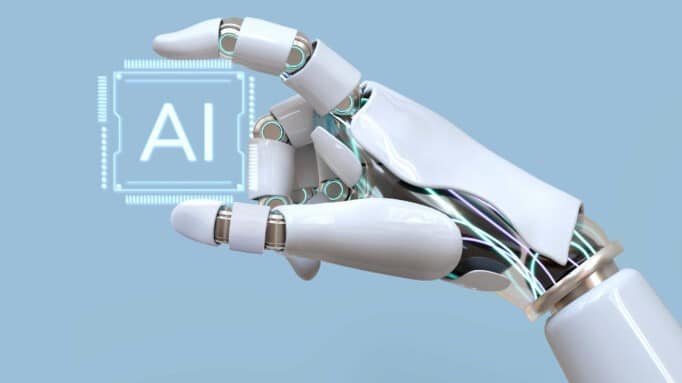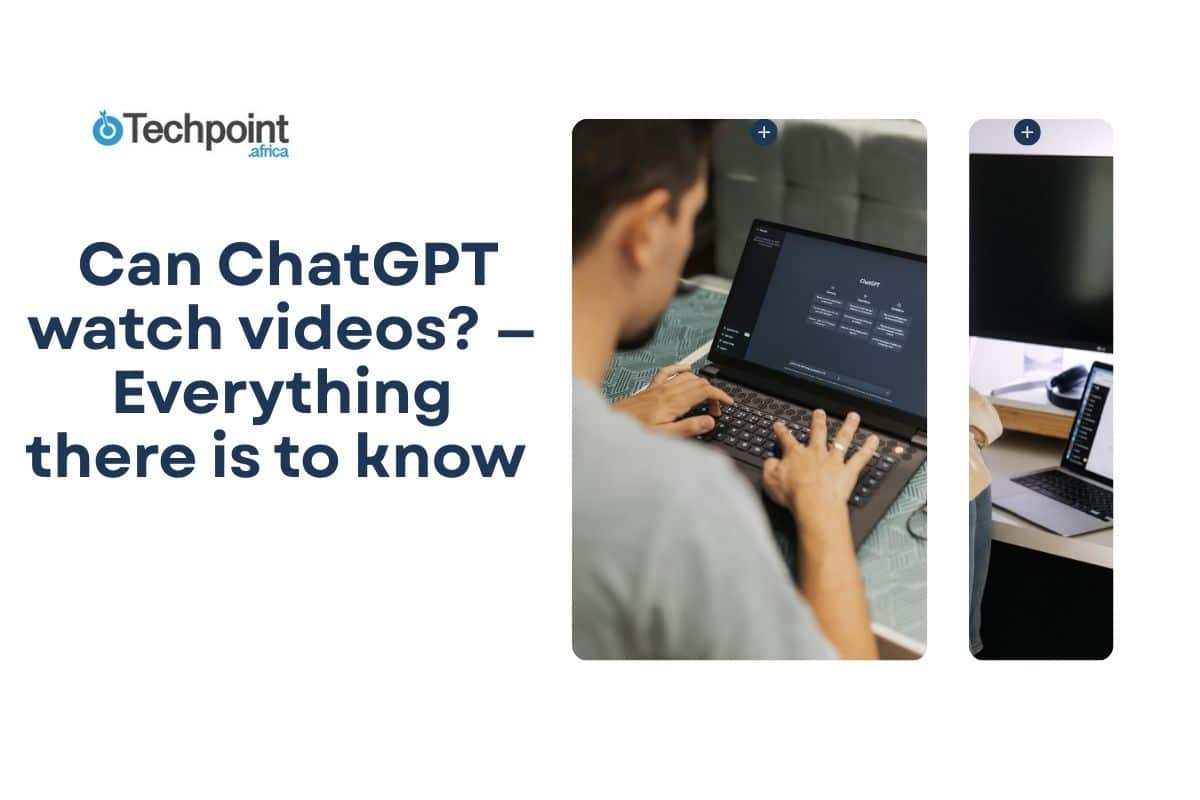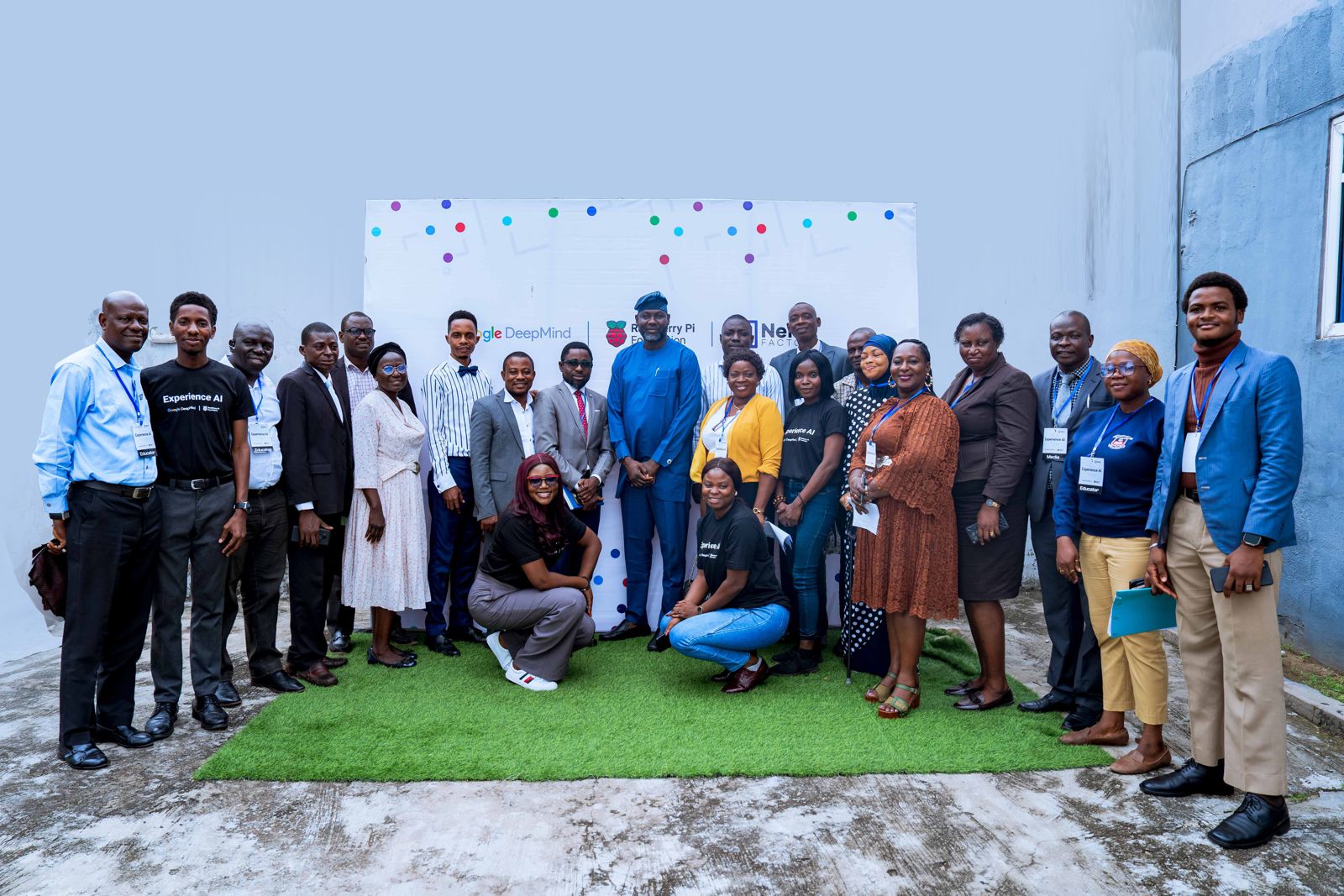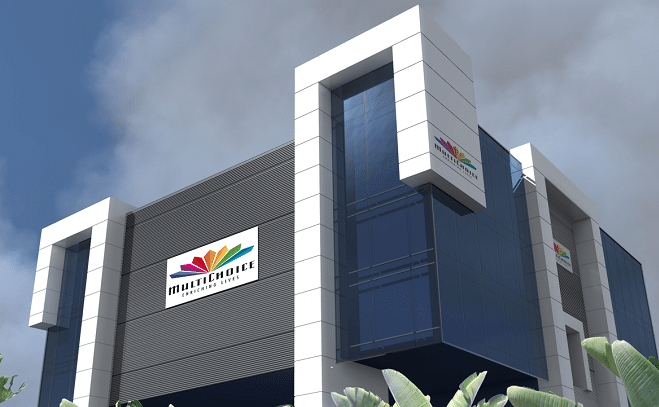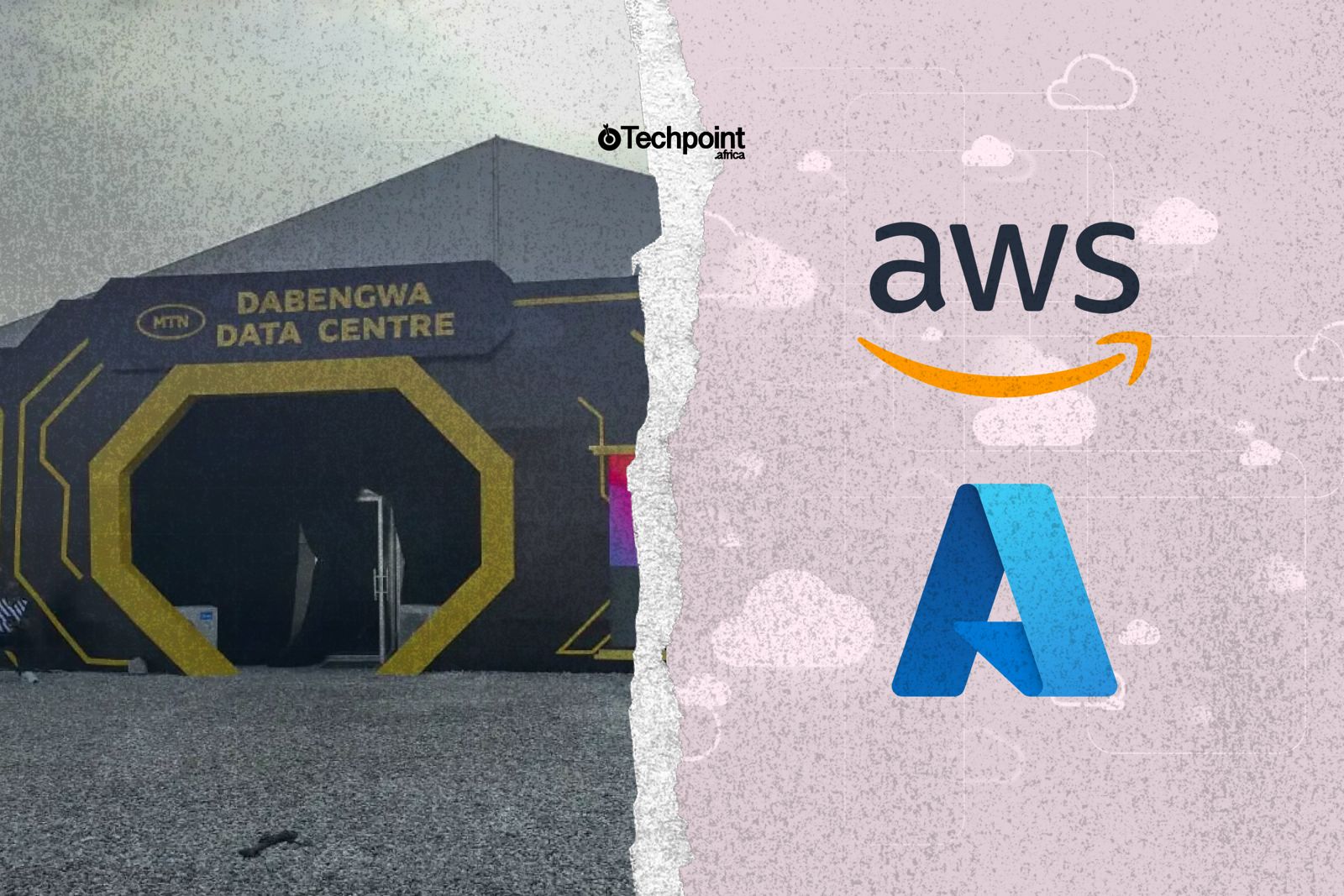Key takeaways:
- Google has released an AI bot that can create music from descriptive text.
- And just like Microsoft, it has invested $300 million in an AI firm founded by former OpenAI researchers.
- The AI lab is reportedly working on a chatbot that will rival ChatGPT.
With the growing popularity of ChatGPT and other artificial intelligence (AI) bots built by OpenAI, it is not out of place to think that Google is getting scared.
Microsoft has been investing heavily in OpenAI and announced that it would integrate some of OpenAI’s creations into some of its products, including Bing, its search engine. The news sparked discussions about how Microsoft might threaten Google’s dominance of the search engine market.
Interestingly, Google said bias and toxicity are still problems for AI chatbots, so they can’t replace search. It also said its AI language models are just as capable as ChatGPT , but it has to move more conservatively than a small startup like OpenAI because of reputational risk.
However, the tech giant is feeling the heat and has decided to make moves. Here are five things Google is doing to stay ahead of OpenAi.
Google launches AI chatbot, Bard
Google has launched a direct rival to ChatGPT called Bard. Unlike ChatGPT, Bard can consult the Internet and provide new and up-to-date information about topics.
Bard will be in closed testing before it is opened up to the public. Though Google did not specify how long closed testing would last, it did say Bard would be integrated into its search engine.
If you’re wondering how Google came up with a rival so quickly, you’ve probably not followed Google’s AI journey.
When it comes to language models, Google is ahead of the pack. On May 18, 2021, Google launched Language Model for Dialogue Applications (LaMDA), a conversational AI it described as its breakthrough conversation technology.
It also launched Multitask Unified Model (MUM) that can answer complex queries. Imagine searching on Google for something like, “I’ve hiked Mt. Adams and now want to hike Mt. Fuji next fall; what should I do differently to prepare?”
Google’s MUM will not only give you answers based on how to prepare for mountain climbing but compare both mountains in terms of height, weather, and complexity and come up with a unique response.
Combining Google’s years of research when it comes to AI, we should expect something exciting from Bard.
AI music generator, MusicLM
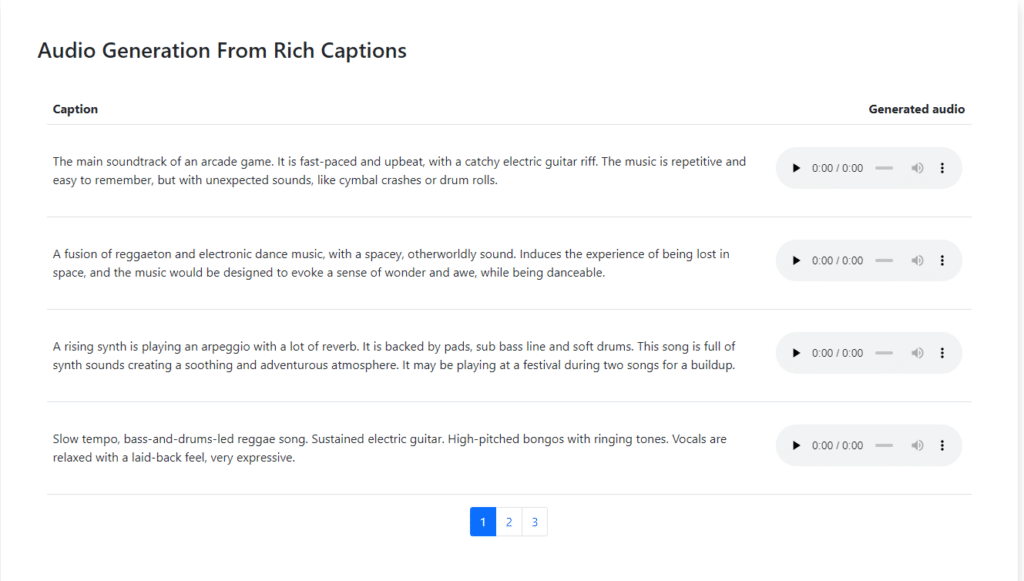
Google has published a research paper introducing MusicLM, an AI model that can generate music from descriptive text. For example, you can say Afrobeats from the 2000s mixed with modern reggae, and it will create music based on that text command.
According to the paper, “it generates music at 24 kHz that remains consistent over several minutes.”
However, generating music with AI is not new. OpenAI tried it with Jukebox, and even Google released a version called AudioLM.
According to Senior Data Scientist, Salvatore Raieli, generating music with AI is exceptionally difficult, which is why previous attempts have failed.
Google’s MusicLM was trained with five million audio clips (280,000 hours of audio). Professional musicians also wrote captions for over five thousand music clips describing the songs to the AI.
While the model has excelled over previous versions of AI music generators, it is still imperfect. For example, you can’t make out any words if it creates music with a human voice.
Google will likely do much work on it before it’s available to the public, like ChatGPT.
Only time will tell if it will render music producers jobless.
Image generator, Imagen
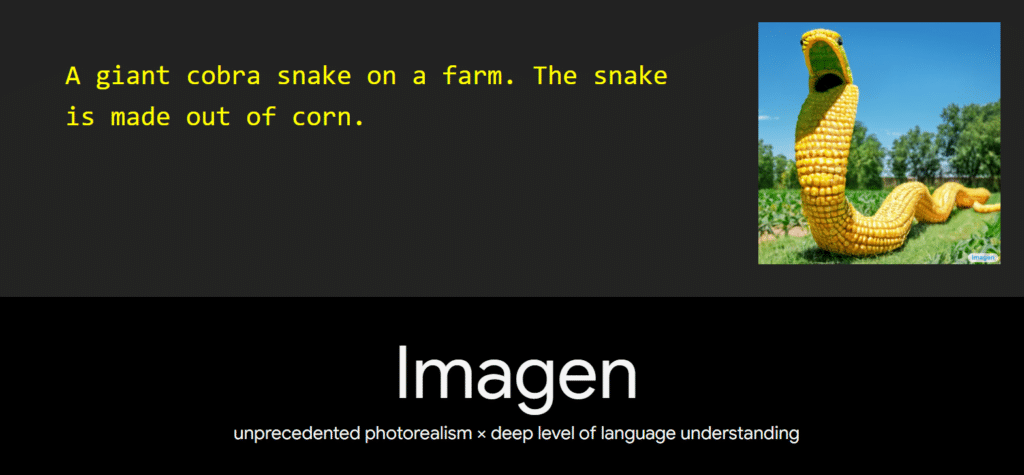
Besides ChatGPT, which can give human-like responses, OpenAI also has DALL-E 2, an AI model that can create images from text. You can enter a text query that says an image of two robots sword fighting, for instance, and DALL-E 2 will create it.
Interestingly, Google also launched a version of this model known as Imagen in November 2022. It describes it as “a text-to-image diffusion model with an unprecedented degree of photorealism and a deep level of language understanding.”
However, Google said it would not release a public demo of Imagen because of the challenges surrounding text-to-image research. It said while we might see other researchers advancing their text-to-image algorithm, they use web-scraped datasets that might include harmful content.
Google is taking its time to filter out this harmful content, proving that it cannot move as swiftly as OpenAI.
PaLM

People have focused on the awesomeness of ChatGPT but paid little attention to the large language model (LLM) — GPT-3, which powers it. The real threat is not ChatGPT but GPT-3.
Built with 175 billion parameters, GPT-3 is one of the largest LLMs available globally. In comparison, Google’s LaMDA was built with 137 billion parameters.
However, Google’s Pathways Language Model (PaLM) has 540 billion parameters. PaLM is a mash-up of ChatGPT, Imagen, and DALL-E 2 and can generate text and images.
A $300 million investment in an AI lab
Google has invested $300 million in Anthropic, an AI lab founded by former OpenAI researchers. The company is reportedly working on Claude, a chatbot that could rival OpenAI’s ChatGPT.
According to The Financial Times, Google made the $300 million investment towards the end of 2022 in exchange for 10% of the AI firm.
Anthropic was founded in 2021 by Dario Amodei, ex VP of research at OpenAI. When Amodei left OpenAI because of the firm’s focus on commercialisation, GPT-3’s Lead Engineer, Tom Brown, and other top people went with him.
It’s unclear if Google will integrate Claude into its products, but the deal between the tech giant and the AI lab is similar to Microsoft’s and OpenAI’s.
Like OpenAI, which has access to Microsoft’s cloud platform and billions of dollars in investments, Anthropic will also be open to Google’s cloud services.
The AI battle rages on, and it’s only a matter of time before another tech giant joins Google and Microsoft in the ring.

